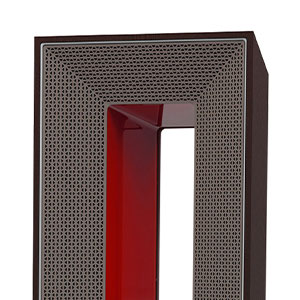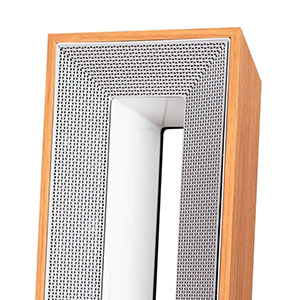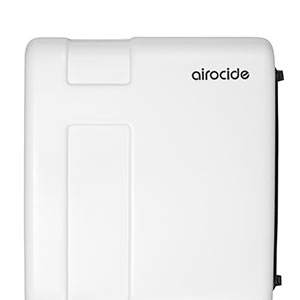UV technology
The principle of UV technology
Discovered in the late 1800s, UV-C radiation has been widely deployed for air purification.
Advantages
With adequate exposure, UV-C can eliminate scents, viruses and bacteria. Additionally, it is a chemical-free solution.
One may ask: why is it not used everywhere?
Disadvantages
UV-C has many disadvantages. For example, in air handlers given the high volume of fast moving air, there is not enough time for a UV-C lamp to achieve bioconversion, meaning sanitation. Certain spectrums of UV light produce ozone. UV-C radiation will not remove many VOCs, pollens, dander, fine air pollutants and other contaminants.
How does Airocide work?
- Unlike air filters it doesn’t sieve air but destroys all pathogens in it on a molecular level.
- It kills airborne bacteria, viruses, mold spore and other VOCs.
- It removes odors.
- It’s a chemical-free and healthy solution.
- Airocide cleans the air 24/7.
- It destroys the microorganisms responsible for upper respiratory allergy.
Clean environment. Feel better.
Airocide units at home.

Airocide APS-200 PM 2.5

Airocide APS-300

Airocide APS-1000

Airocide Info
How does it work?
FAQ
NASA and Airocide
About us
Comparison of Air Purifiers
Consumer product line
For a Healthy Life
New Baby
Pet Lovers
Allergy Sufferers
Choosing a product
Commercial product line
Doctor's Offices
Healthcare
Wineries
Meat Processing Plants
Cold Storages
Vegetable and Fruit Stores
Floral Growers
Gyms and Fitness Centers
All Case Studies
Buy/Products
Webshop
Contact us
General Contract Terms & Conditions
Privacy Policy